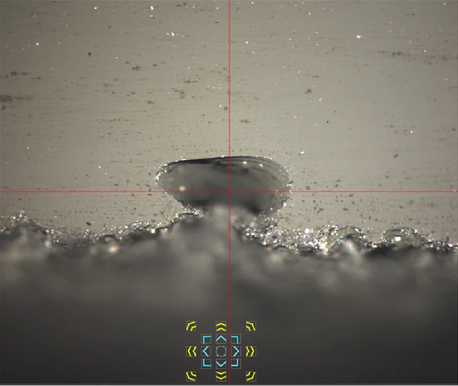Flaw Characteristics of Architectural Glass and Long-Term Strength Prediction Model

Abstract
Architectural glass has been widely used in modern buildings due to its aesthetics and functionality. The growing use of glass in load-bearing structures raises concerns about its long-term strength due to the existence of the flaws and subcritical crack propagation. Better understanding of flaw characteristics is crucial for evaluating the mechanical properties. However, existing knowledge on
flaw characteristics is limited, and the load duration factor 𝑘𝑚𝑜𝑑 specified by standards doesn't consider different stress histories. This paper aims to fill these gaps by observing and analysing the flaw and statistical characteristics in glass, especially the edge defects, proposing a Monte-Carlo based model to simulate the long-term mechanical behaviour of glass specimen with distributed edge defects and modifying the 𝑘𝑚𝑜𝑑. 3D laser confocal microscope was utilized to observe the defects. The Monte-Carlo based model is able to generate edge defects and conduct numerical experiments to expand the data pool. Based on stress corrosion theory, the crack resistances under two load conditions (constant stress and constant stress rate) were derived respectively. By analysing and quantifying the influences of temperature, humidity and stress rate on crack growth parameters, the crack resistances under two
load conditions are compared, and a modified 𝑘𝑚𝑜𝑑 is then proposed. The Monte-Carlo based model is verified by lifetime test from literature. The modified 𝑘𝑚𝑜𝑑 is validated with substantial dataset across various load durations and is compared with international standards, demonstrating the accuracy in predicting glass long-term strength.
Published
Issue
Section
Strength, Stability & Safety
License
Copyright (c) 2024 Siyi Yi, Suwen Chen

This work is licensed under a Creative Commons Attribution 4.0 International License.



